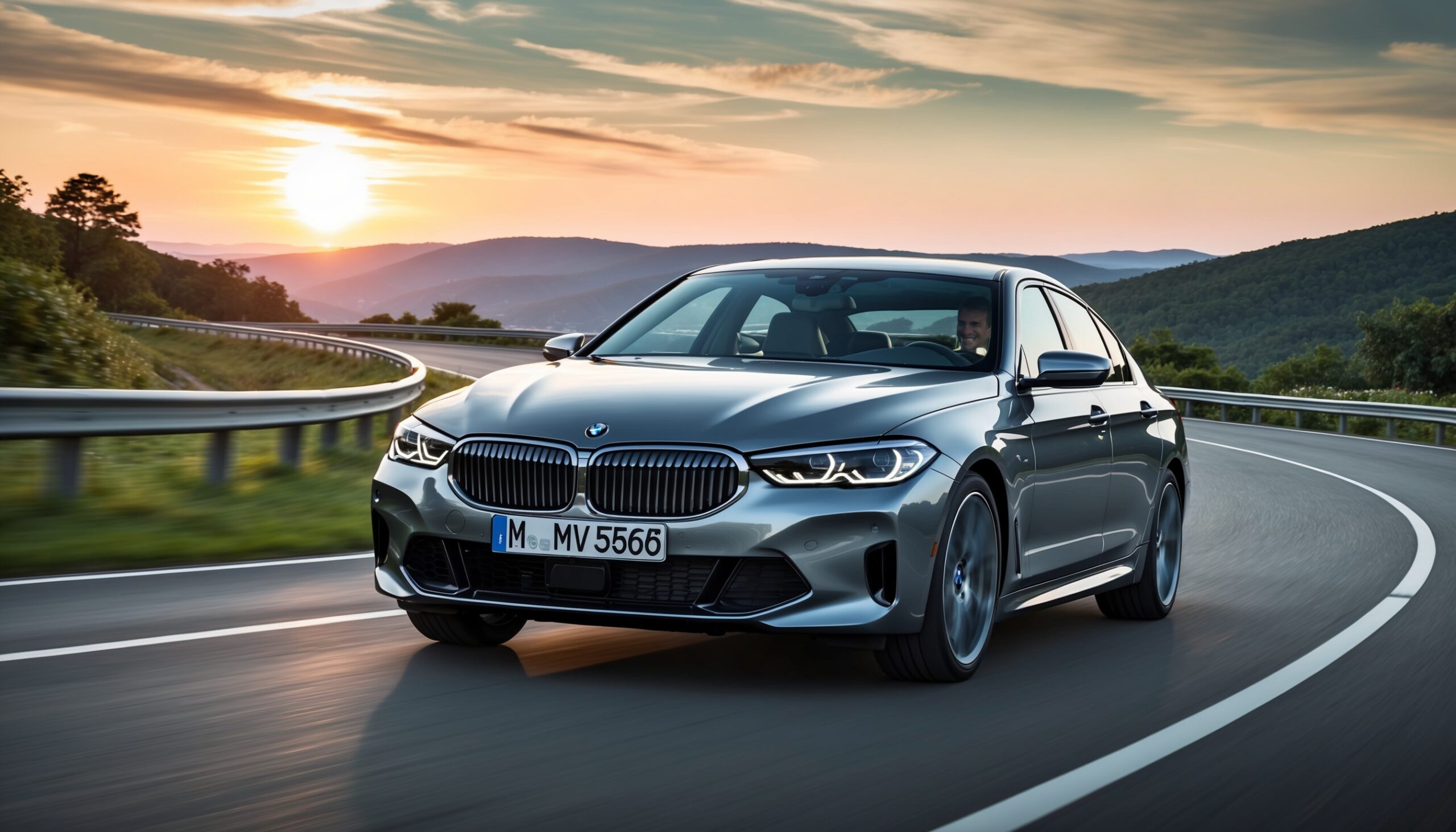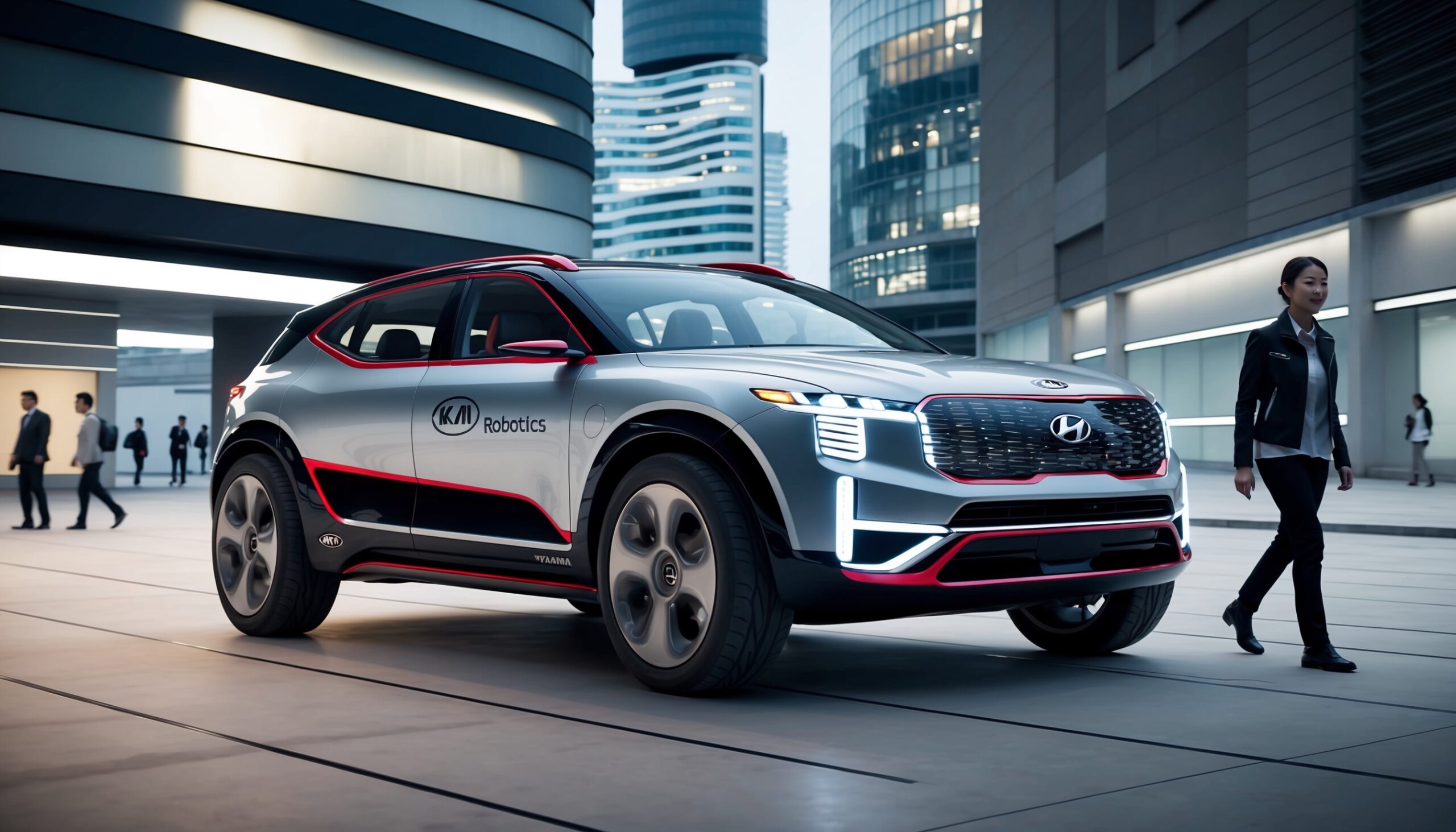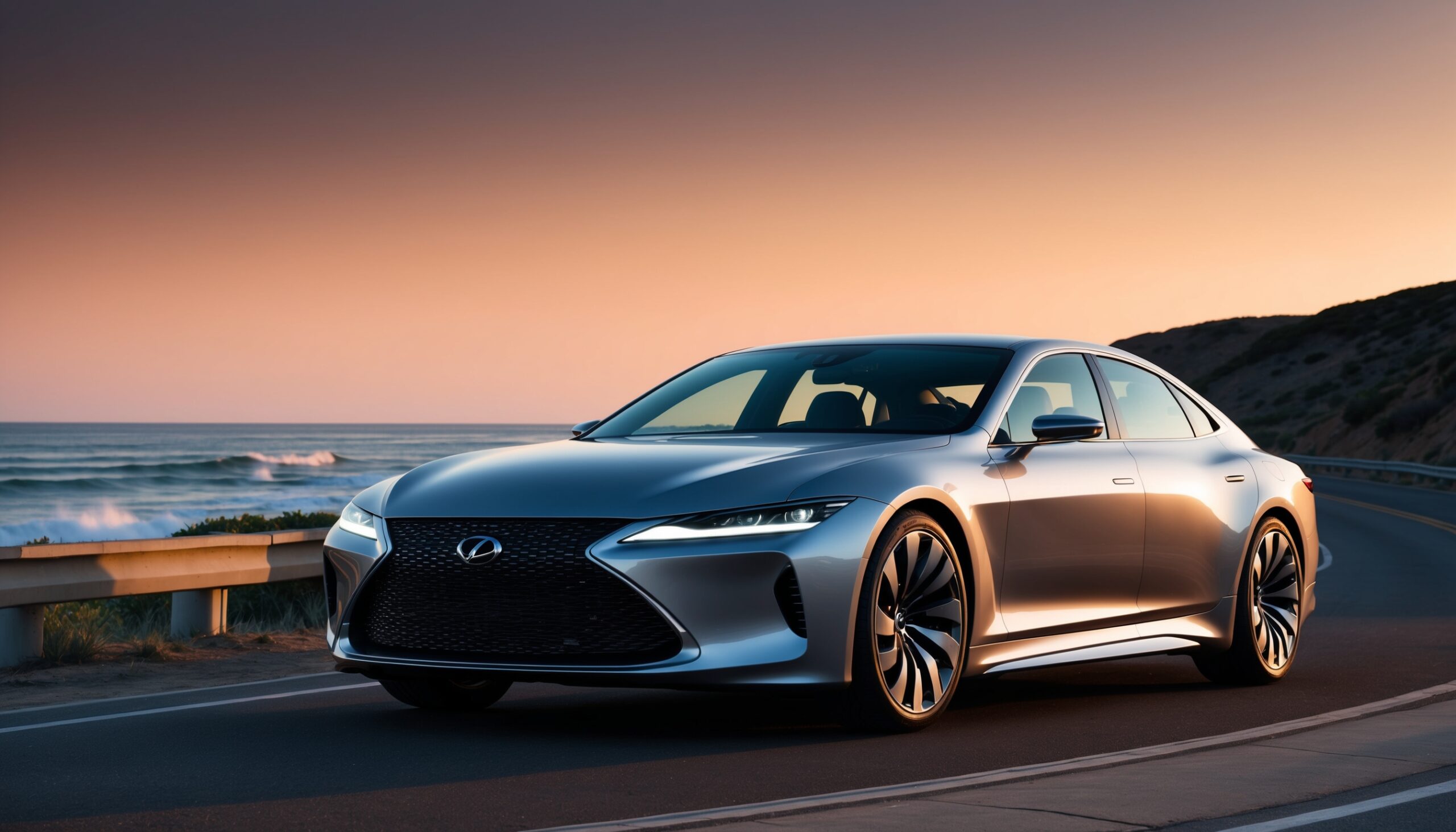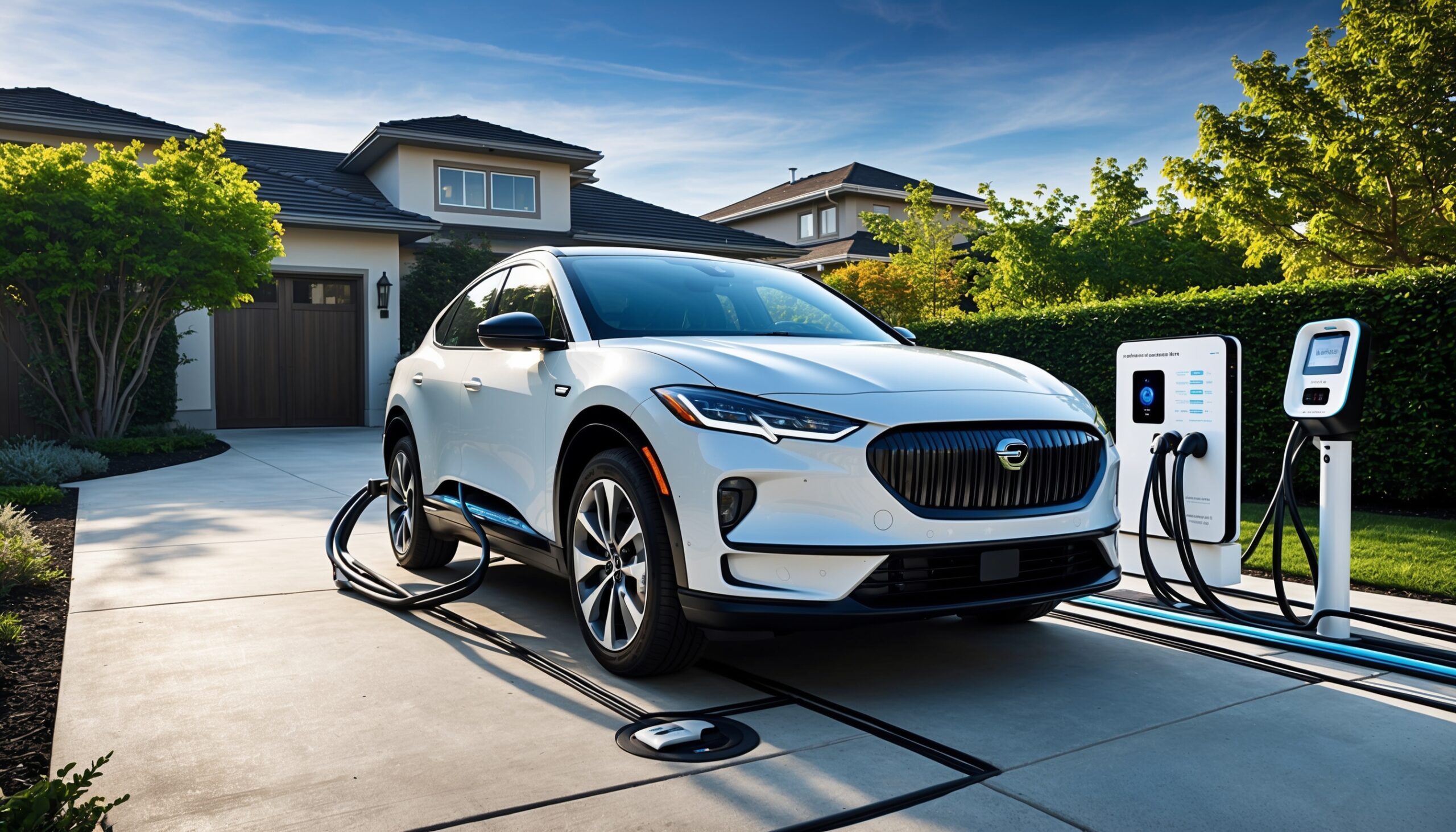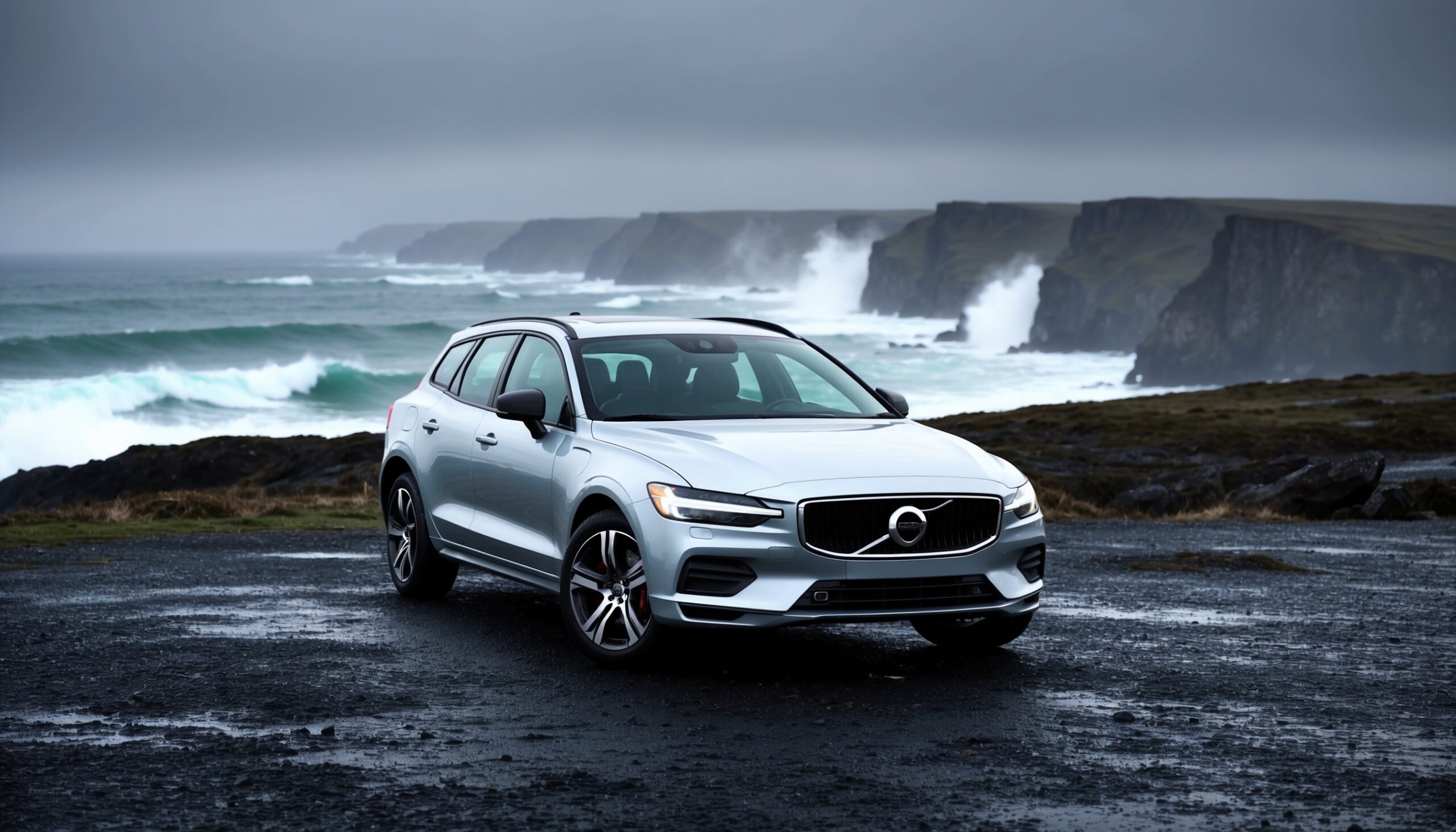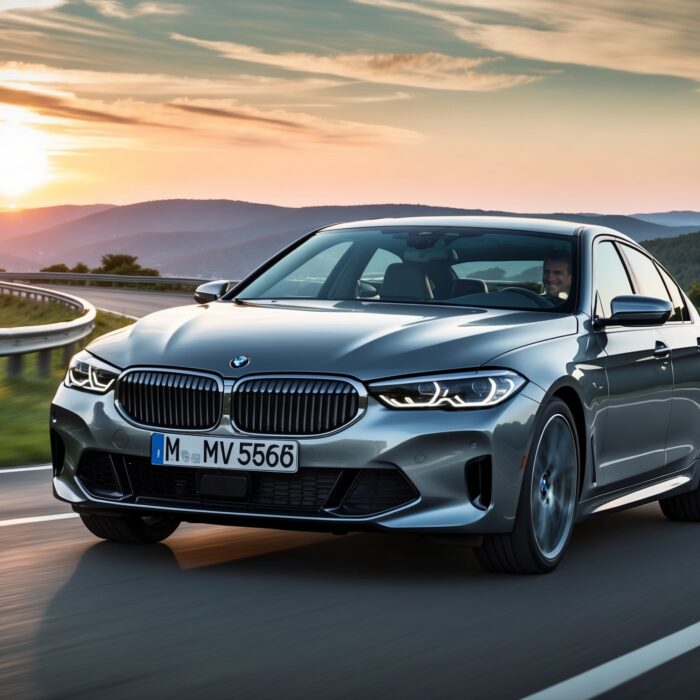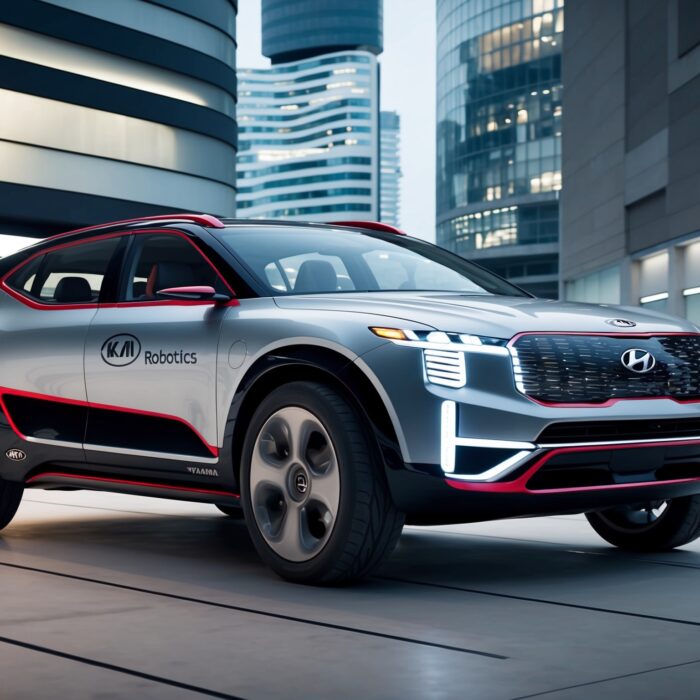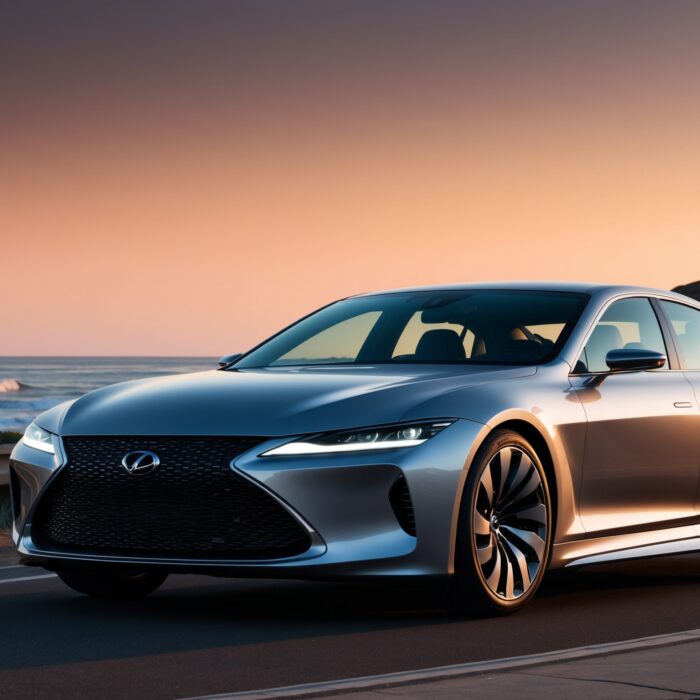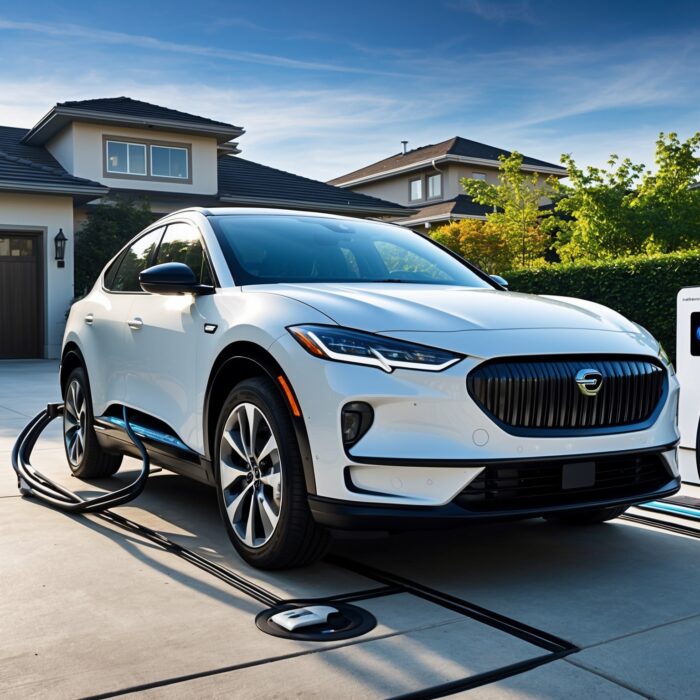The Hyundai/Kia Vision for Robotics and “Walking” Concept Vehicles
When it comes to the future of automotive technology, few companies are pushing the envelope quite like Hyundai and Kia. The two South Korean automotive giants have embarked on a journey to blend robotics with vehicle design, culminating in some intriguing concepts that might just change how we think about mobility. In this in-depth exploration, we’ll dive into their vision for robotics and the fascinating world of “walking” concept vehicles that are not only innovative but also promise to redefine urban transportation. Buckle up, car enthusiasts; we’re about to take a thrilling ride!
A New Era of Mobility
Hyundai and Kia are not just about making cars; they’re on a mission to revolutionize the way we perceive transportation. As cities become increasingly congested, and environmental concerns rise, the need for innovative mobility solutions has never been greater. Enter the vision for robotics: a futuristic approach that integrates artificial intelligence (AI) and advanced robotics into vehicles, paving the way for a new generation of urban transportation.
The Robotics Revolution
At the heart of Hyundai and Kia’s approach is the integration of robotics, which aims to enhance vehicle functionality while improving the overall user experience. Imagine a car that can autonomously navigate through traffic or seamlessly adjust to your personal preferences. This isn’t just a sci-fi dream; it’s rapidly becoming a reality.
- Autonomous Navigation: Vehicles equipped with advanced robotics can analyze their surroundings, making real-time decisions to avoid obstacles and find the quickest routes.
- Enhanced Safety: Robotics can also enhance safety features, with sensors and algorithms designed to predict potential hazards before they become an issue.
- Personalization: Imagine a vehicle that learns your driving habits and adjusts settings accordingly, creating a tailored experience every time you get behind the wheel.
The integration of robotics is not just about improving how we drive; it’s about creating a smarter, more connected driving experience that aligns with our increasingly tech-savvy lifestyles.
The Walking Concept Vehicles
One of the standout elements of Hyundai and Kia’s vision is their ambitious “walking” concept vehicles. These designs take mobility to a whole new level, quite literally allowing vehicles to navigate challenging terrains and urban landscapes in ways traditional cars simply cannot. But what does a “walking” vehicle look like, and how does it function?
Imagining a Walking Vehicle
Hyundai’s “Elevate” concept vehicle is a prime example of this vision. It features robotic legs that allow it to walk, climb, and traverse over obstacles with ease. The idea is not just to create a vehicle that looks cool but to enhance accessibility and utility in a world where traditional cars may struggle.
Also Read: Modular Vehicle Platforms: Designing Cars for Multi-Purpose Use
- Urban Mobility: In crowded urban environments where space is limited, a walking vehicle can navigate tight spots and avoid traffic jams by moving over obstacles or even through parks.
- Accessibility: For individuals with disabilities or those living in remote areas, walking vehicles can provide a new level of mobility, reaching places that traditional vehicles cannot.
- Emergency Response: In disaster scenarios, these vehicles can traverse rubble and debris, delivering aid or evacuating individuals from hazardous conditions.
The walking concept vehicles are a testament to Hyundai and Kia’s commitment to innovation, showcasing how robotics can redefine our understanding of mobility in urban settings.
Technological Innovations Driving the Vision
So, what technologies are driving Hyundai and Kia’s ambitious plans? The companies are leveraging a mix of cutting-edge advancements that include AI, machine learning, and robotics.
Artificial Intelligence
AI is at the core of Hyundai and Kia’s robotics initiatives. It allows vehicles to process vast amounts of data from sensors and cameras to make intelligent decisions on the road. Whether it’s navigating through unpredictable traffic or adapting to weather changes, AI equips vehicles with the ability to learn and evolve.
Machine Learning
Machine learning algorithms enable vehicles to improve performance over time. By analyzing data inputs from various driving scenarios, these algorithms help the vehicle adapt to different driving styles and conditions, ensuring a smoother and more efficient driving experience.
Robotics and Mobility
The robotics component is what truly sets Hyundai and Kia apart. Their investment in research and development has led to the creation of advanced robotic systems capable of transforming traditional vehicles into multi-functional mobility platforms. These innovations promise not only to enhance vehicle capabilities but also to open up new avenues for urban design and transportation solutions.
Real-World Applications of Robotics in Vehicles
The vision for robotics isn’t just about futuristic concepts; it has real-world applications that can significantly impact our daily lives. As Hyundai and Kia continue to refine their technologies, we can expect to see practical implementations that enhance not just personal mobility but also public transportation systems.
Smart Cities and Integrated Mobility
One of the most exciting prospects of this vision is the integration of walking vehicles into smart city frameworks. These vehicles could be part of a larger interconnected network that includes public transport, ride-sharing, and even pedestrian pathways, creating a seamless mobility experience.
- Mobility as a Service (MaaS): Integrating walking vehicles into MaaS platforms could provide users with on-demand access to transportation that adapts to their needs, whether that’s a quick trip to the store or a longer journey across the city.
- Reducing Traffic Congestion: With the ability to navigate tight spaces and avoid roadblocks, walking vehicles could help alleviate some of the traffic congestion faced by major cities.
- Environmental Impact: By incorporating electric and hybrid technologies into these vehicles, Hyundai and Kia can contribute to reducing carbon footprints and promoting sustainable urban mobility solutions.
By focusing on practical applications of their innovative technologies, Hyundai and Kia are setting the stage for a future where robotics play a critical role in our daily commutes.
The Challenges Ahead
While the vision for robotics and walking concept vehicles is undeniably exciting, it’s not without its challenges. As with any transformative technology, there are hurdles to overcome before these innovations can become mainstream.
Technical Hurdles
The first challenge lies in the technical aspects of creating reliable and efficient robotic systems. Developing vehicles that can walk, climb, and navigate complex environments requires significant advancements in engineering and programming.
Also Read: The Integration of Biometric Security in New Vehicle Access Systems
Regulatory Concerns
As we move towards more autonomous and robotic vehicles, regulatory frameworks will need to evolve. Governments will have to establish guidelines for the safe integration of these vehicles into existing transportation systems to ensure public safety and acceptance.
Public Perception
Finally, public perception plays a crucial role in the adoption of new technologies. Convincing consumers to embrace walking vehicles as a viable transportation option will require education and outreach to address concerns about safety, reliability, and practicality.
The Road Ahead
Despite these challenges, Hyundai and Kia remain committed to their vision for robotics and walking concept vehicles. Their ongoing investments in research and development indicate that they are serious about shaping the future of mobility. With prototypes being tested and concepts showcased at major automotive events, the excitement surrounding these innovations is palpable.
Collaborations and Partnerships
Hyundai and Kia are not going at it alone. They are engaging with tech companies, research institutions, and even start-ups to foster collaboration and innovation. These partnerships are essential for accelerating the development of new technologies and ensuring that their vision aligns with consumer needs and market trends.
Future Concepts on the Horizon
As we look ahead, it’s exciting to think about what the future holds. The potential applications for robotic vehicles extend far beyond personal transport. Imagine fleets of autonomous walking vehicles serving as mobile clinics, educational centers, or even social spaces in urban areas. The possibilities are endless!
Final Thoughts
In the rapidly evolving world of automotive technology, Hyundai and Kia are boldly charting a course towards a future where robotics and walking vehicles transform urban mobility. Their commitment to innovation and sustainability aligns perfectly with the demands of modern society, making their vision not just aspirational but attainable.
As automotive enthusiasts, we should be excited about these developments. The fusion of robotics and vehicle design will not only enhance our driving experiences but could also lead to a more sustainable, accessible, and efficient transportation ecosystem. Keep your eyes on Hyundai and Kia, as they are undoubtedly paving the way for the future of mobility.
Stay tuned to Torque Feed for more insights and updates on the latest automotive trends and technologies, as we continue to explore the exciting innovations that are shaping our roads and cities.

